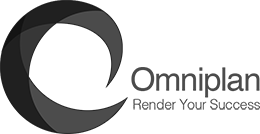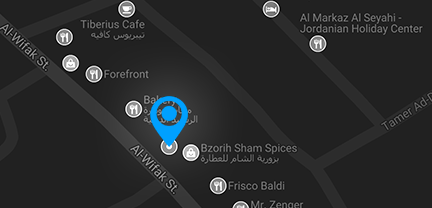Overview
If you’re a passionate V-Ray user, you and your career could benefit from becoming a V-Ray Certified Professional. We’ve created a way to help qualified V-Ray artists and designers stand out from the crowd. Apply your skills to our specially created test and we’ll evaluate your knowledge and V-Ray skills!
BENEFITS & REQUIREMENTS
Once you pass our exam, you’ll receive a special V-Ray Certified Professional (VCP) certificate along with a brand book and official badge. You’ll also be featured on our website with an exclusive group of VCPs around the world. To take the exam, we recommend that you have at least one year of experience using V-Ray as your main renderer. The test takes an hour and consists of a series of challenging questions to test your V-Ray knowledge — so be prepared!
The VCP exam is currently available for the following platforms:
V-Ray for 3ds Max
V-Ray for Maya
V-Ray for SketchUp
V-Ray for Rhino
Exam Roadmap
- Module 1: UI & Render Engines
- these questions are general in nature and cover your understanding of the V-Ray UI integration and basic functionality. You will need to answer questions bout features of V-Ray RT and the features found in the Global Switches (Global Options) settings.
- Module 2: VFB
- these questions cover the options of the V-Ray Frame Buffer, rendering and saving to .vrimg files, adding color corrections in VFB and setting up Lens Effects.
- Module 3: Sampling
- these questions cover all the settings related to sampling and manipulating the quality of the final image and the time it takes to render it. This includes all the options of the Antialiasing Engines, the settings of the DMC Sampler and how they work together.
- Module 4: Lighting
- the questions in this category cover all the V-Ray lights, including the V-Ray Sun and Sky and their settings. Additionally you will need to demonstrate knowledge of the different lights advantages and disadvantages in certain rendering scenarios.
- Module 5: Defining Volumes
- Creating Spaces
- Creating Zone
- Module 6: GI
- – the questions here cover all the options related to properly setting up Global Illumination. You will need to demonstrate understanding of all the settings and how they work together as well as knowledge of how to combine different GI methods in different rendering scenarios. The quiz includes questions from the General GI settings, Irradiance Map, Light Cache, Brute Force, Caustics and Irradiance Map Viewer tool.
- Module 7: Camera
- – the questions in this category cover the settings of the V-Ray Physical Camera as well as the Camera settings in the Render Settings dialogue. This includes all the settings that control exposure corrections, depth of field and motion blur.
- Module 8: Shading
- these questions are related to the V-Ray specific materials and textures. This includes V-Ray Material, V-Ray Blend Material, V-Ray Two Sided Material, V-Ray Car Paint and V-Ray Flakes materials, V-Ray Skin and V-Ray Fast SSS2 materials, V-Ray Light Material, V-Ray Hair Material, V-Ray Simbiont Material, V-Ray Wrapper Material, V-Ray Dirt Texture and V-Ray Edges Texture.
- Module 9: Dynamic Geometry
- hese questions cover the different types of dynamic geometry – V-Ray Proxy, V-Ray Fur, V-Ray Displacement, V-Ray Metaballs as well as the System Settings that allow us to optimize memory usage when working with dynamic geometry.
- Module 10: Render Elements & Color Mapping
- these questions cover two separate topics. Color Mapping is related to all the settings in the Color Mapping options and the workflow necessary to generate a linear color space image. The questions about Render Elements cover the standard render passes necessary to compose the beauty pass as well as utility render elements like MuliMatte, V-Ray Sample Rate, V-Ray ExtraTex, V-Ray Object ID, V-Ray Material ID, Zdepth, Velocity, Normals, VRay Light Select, etc.
- Module 11: Animation
- the questions in this section cover settings and approaches related to creating flicker free animations when GI is enabled
- Additional training resources
- Step-by-step video walkthroughs for some of the most common V-Ray rendering workflows and latest advancements can be found on our YouTube channel Chaosgroup TV



